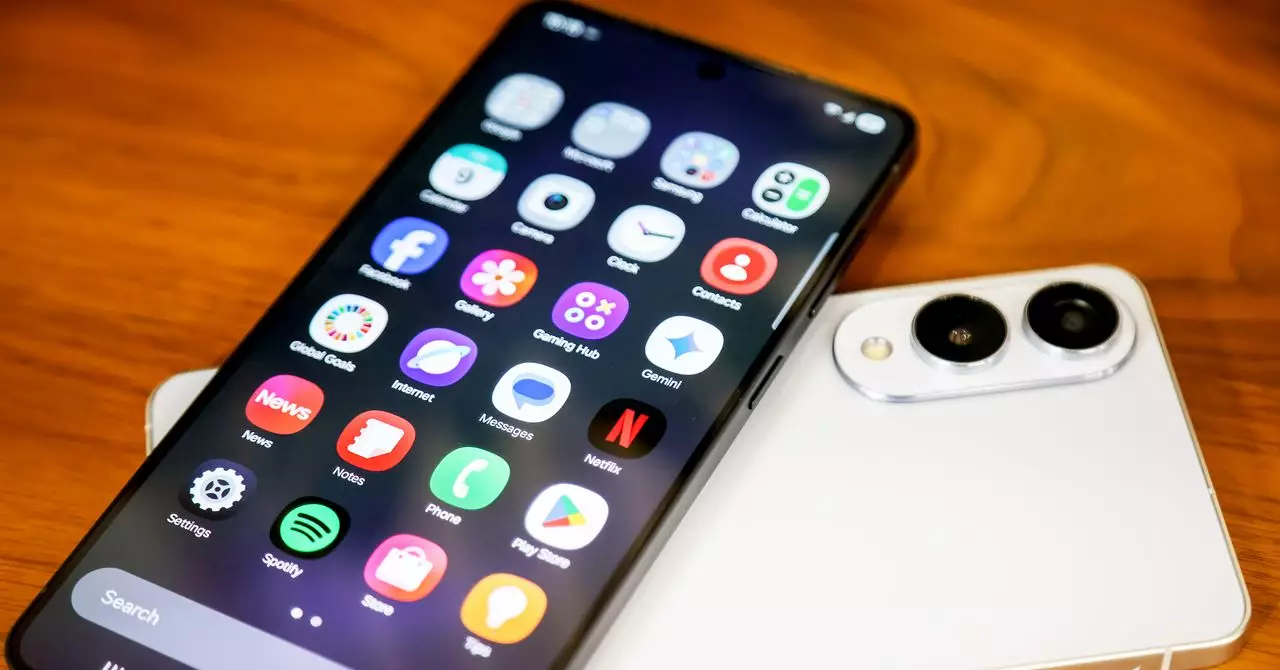Samsung’s assurance that all Galaxy AI data is securely encrypted is a common comfort tactic employed by tech giants, yet it warrants skeptical scrutiny. Security, in the digital age, remains an evolving landscape fraught with vulnerabilities. Despite encryption measures, no system can guarantee absolute safety. Cyber threats are persistent, and no shield is impervious. By promising safety through encryption without full guarantees, Samsung walks a tightrope—offering reassurance while subtly acknowledging potential risks. This dance underscores a paradox: technology that is powerful enough to analyze speech, images, and habits inevitably becomes a target for breaches. When users are encouraged to rely heavily on AI features, it’s essential to remember that tranquility of mind is partially illusory—a comforting narrative rather than an infallible shield.
The Buffer Between User Control and Data Privacy
Samsung’s nuanced approach to user control—highlighting the ability to toggle AI features—illustrates a crucial acknowledgment of individual agency. The menu-driven design grants users power to disable or enable functions like transcription, photo editing, and fitness insights, ostensibly fostering transparency. Yet, this superficial control can obscure complex data flows. Turning features off may reduce immediate data exchange, but many of these tools still rely on cloud processing, which users often overlook. The presence of the “Process data only on device” toggle introduces a promising layer of privacy. Nonetheless, Samsung refrains from definitively specifying which features operate fully offline, creating ambiguity. This fog of uncertainty can make users feel empowered but, in truth, leaves many in the dark about the full extent of their data exposure and the actual safety of on-device processing—an illusion of control in a battleground of constant data vulnerabilities.
The Power and Pitfalls of On-Device AI Processing
The recent shift towards on-device AI processing, powered by advanced Snapdragon chipsets, signals a significant evolution in privacy preservation. With the ability to retain certain data within the confines of the phone itself, Samsung claims a step toward enhanced privacy. However, this technological feat isn’t a panacea. Not all AI features benefit from local processing; some still require internet connectivity, reintroducing exposure to potential eavesdropping. Moreover, the scope of what can be effectively handled offline remains vague, leaving us questioning whether this is a genuine advancement or a marketing ploy. While on-device AI reduces external data transfer, it cannot eliminate the inherent risks associated with local storage—such as potential device theft or malware that can access data stored on the hardware. Samsung’s strategy appears to walk a fine line between genuine privacy innovation and superficial reassurance, leaving consumers to navigate a complex matrix of assurances that are, arguably, more aspirational than absolute.
Ultimately, Samsung’s narrative about AI privacy oscillates between user empowerment and subtle control. While the options to disable features are welcomed, the lack of transparency regarding cloud dependency and the limits of on-device processing creates a sense of skepticism. The promise of security and privacy, though appealing, must be critically examined—especially when such assurances rely heavily on user vigilance and selective toggling. In an era where technology’s reach is insidious yet empowering, users must stay vigilant, recognizing that the veneer of safety is not equivalent to true security. Samsung’s AI features offer undeniable convenience and innovation, but they also demand a cautious, informed approach to safeguarding what matters most: personal privacy.

